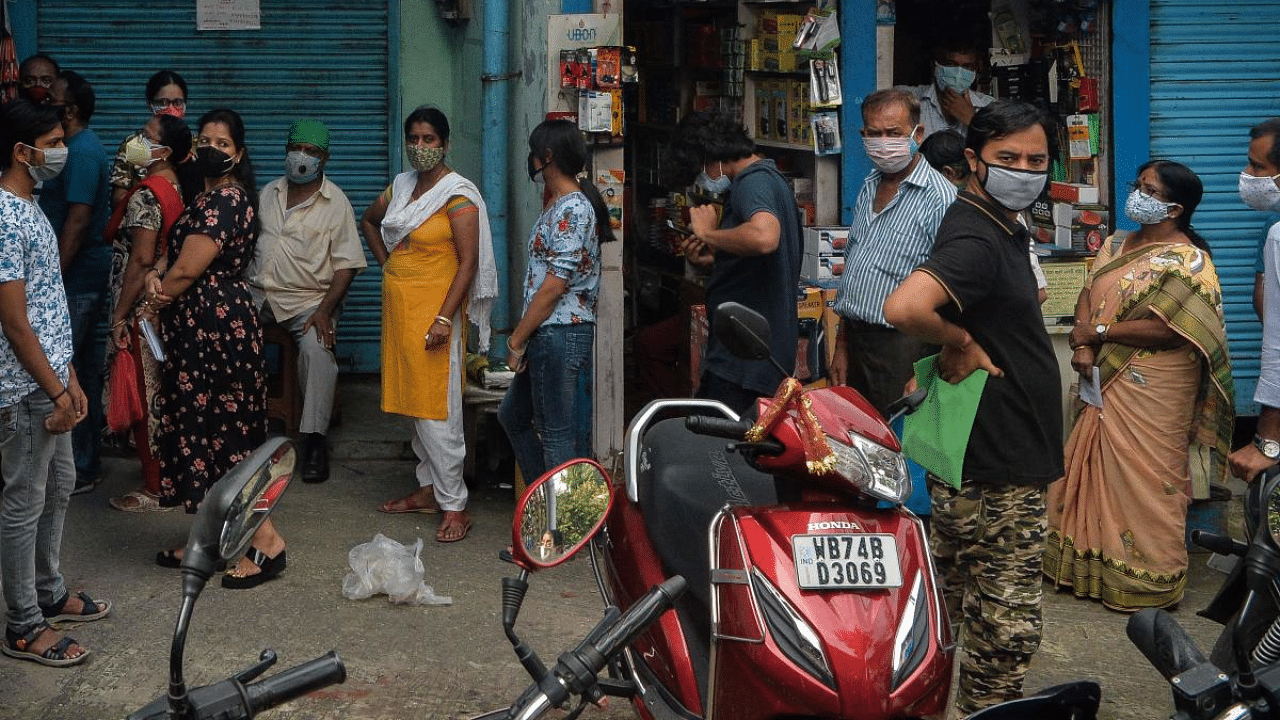
We have been battered and bruised by the extremely violent second wave of the Covid-19 pandemic, which can be pictured with the death statistics, harrowing images of corpses floating on rivers, countless stories of the struggle for medical aid, texts pleading for help, workers in graveyards and crematoriums asking for rest and resources and people being forced to cremate many family members on the same pyre. With government apathy, the second wave brought down the survival chances of our loved ones to luck and our resourcefulness.
The dead were people, whose lives were cut short brutally. Reducing them to statistics, which an incompetent and apathetic government tweaks at will, robs them of the dignity they deserve in death and mocks at the grief the families have to cope with for the rest of their days. But what happens after the dead leave us? Insurmountable loss, grief and in many cases guilt overcome all other emotions. There is the agony of separation and the daunting feeling about braving the rest of life without the deceased. Often the living tend to think who was needed more, the deceased or the living? and who could trade places and go instead? Many families have lost their only wage earner to the pandemic. The surviving partner, usually a female, is at a complete loss of understanding of finances. Survivor’s grief of dealing with loss and having survived long enough to witness it is painful to say the very least.
Apart from this, there is the survivor’s guilt. Those who tried everything and did their best to get their kin the best medical care they could, but it just wasn’t enough. Privilege was the ugly reality of the second wave. The probability of one’s life being saved depended on how resourceful one could be. Those who were helping others and had the resources were forced to be frugal. We were forced to evaluate the level of favours we could ask for, keeping safe some vital resources for those we love the most lest the need arises. This constant calculation, re-evaluation of relationships in real-time, fighting off the guilt and plugging in each and every resource available takes its toll. Could one have helped more people?
And then there is the post-loss trauma. The need for life to return to ‘normal’ when nothing is. We try to rally behind the closest family coping with loss, virtually. Rituals are telecast, cremations are seen on WhatsApp videos and calls. Obituaries written on Facebook dotted with RIP and ‘Om Shanti’. Meanwhile, the house where the deceased once lived remains just the same and the family alone ploughs with the loss and the absence. Condolences are endless phone calls during which the family is forced to recall every detail and the same questions and conversations emerge in every chat.
Almost everyone we know has lost someone in the second wave. The pandemic came closer to us than ever— every day there was news of the loss of a loved one, a friend or an acquaintance. The sheer number and frequency of deaths have numbed us to the idea of loss and only an extremely brutal story can jolt us to rage.
What does numbing towards a loss do to us as a culture? It wears us down. But also saps us of our rage. And with that, we let go of our questions: Was this avoidable? Why were we not better prepared? Why is universal healthcare not implemented in the country? Why were vaccines exported when there was a shortage for our own? Why weren’t there enough oxygen plants? Why were the lockdown lifts not staggered? And most importantly, what are we doing to be prepared for the next wave that threatens children?
What we need to do is to turn the grief into a rage and ensure that those in power are answerable.
(The writer is a poet, gender activist and ad-woman)